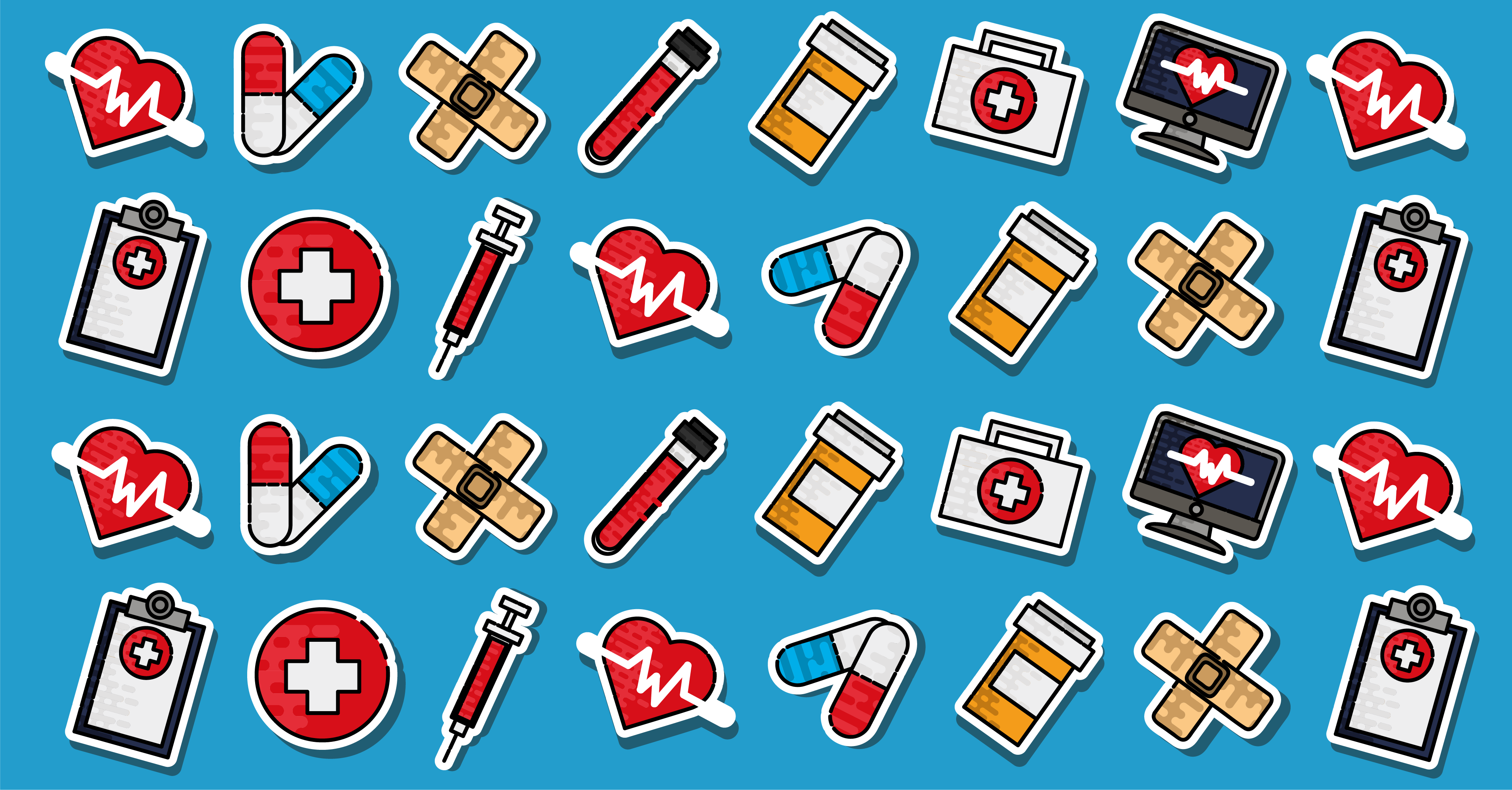Nieca Goldberg, M.D., cardiologist, women’s health pioneer and medical director of the Joan H. Tisch Center for Women’s Health at NYU Langone Medical Center, is passionate about getting the message out about living a healthy lifestyle and preventing heart disease, the No. 1 killer of women in the U.S. When we try to do it all — taking care of everyone else while holding down a demanding job — she says, it’s easy for women to let our own well-being fall by the wayside. GetInsured asked Dr. Goldberg, author of The Women’s Healthy Heart Program: Lifesaving Strategies for Preventing and Healing Heart Disease (Ballantine Books), to talk to us about how to show your heart a little love.
Q: The symptoms of a heart attack often aren’t the same for women as for men. What we see in movies and on TV — a man clutching his chest and staggering around — may not happen for women. So, what should we be aware of?
A: Heart disease is the number one killer of women in the U.S., so we’re smart to understand that and know the symptoms. Women can have that crushing feeling in the chest, like men. It’s not pain, it’s more like intense squeezing pressure, like having an elephant sitting on your chest. The pressure need not be on your left side, it could be in the center, or lower in your body, which you might mistake for indigestion. You might also feel shortness of breath — like you just ran a race, but you haven’t made a move. Extreme fatigue is another symptom women report — as if, all of a sudden, you can’t even walk up a flight of stairs — and it’s not because you stayed up all night.
The thing is that after a heart attack a woman might say that the fatigue was sudden, but if the doctor takes a careful history, [he or] she might find that, in fact, the symptoms crept up gradually. [When they think back] women will say they were actually feeling “funny” for weeks. So that’s the lesson: If you’re feeling funny — unusually tired, short of breath — go see your doctor. Women ignore those signs all the time. And if you feel those other symptoms — the pressure in your chest — call 911. Too many women delay doing so, either thinking they’re not having a heart attack or worrying about the kids or work. But the bottom line is that quick emergency care saves heart muscle.
Q: We know that genetics are a risk factor for heart disease. But that can make people feel like throwing up their hands. Can you do enough with lifestyle changes to offset that risk?
A: Studies done over the last five or ten years have found that even people who had a family history of heart disease were able to lower their personal risk by exercising regularly. So that tells you there’s a lot you can do to mitigate your genetic risk. You can quit smoking, lower your cholesterol, make sure you don’t get type 2 diabetes. Many times, in families that have a lot of heart disease, you’ll find that there are acquired risk factors that they share — like smoking and poor eating habits. It’s not all about a genetic switch that’s flipped; you can change a lot of lifestyle factors.
Q: So heart disease prevention involves several factors. But if you had to pick one thing we can do to benefit our heart health, what would it be?
A: Exercise. No question. Exercise is the foundation for any heart disease prevention program. Regular aerobic exercise has been shown to improve levels of good (HDL) cholesterol, decrease blood pressure, lower body-fat percentage, and improve glucose metabolism [which helps prevent diabetes]. It hits a lot of good points! I find when my patients start to exercise, they start feeling better, they see changes, and then they feel more confident that they can change other things, such as modifying their diet. That said, if a woman smokes, then quitting is the top priority, even before exercise. Smoking is just deadly.
When I say exercise, it doesn’t have to be the gym. You just need to do a little bit, every day. Say, 30 minutes of walking — and you can break that into 10-minute increments. Ideally, you’d up that to 40 minutes a day, most days. But you have to start somewhere. If you are generally sedentary, such as if you have a desk job, get up once an hour and walk around. All your daily activities count — going up and down the stairs at home, walking to your car, shopping.
Q: There’s been news recently about a change in thinking about cholesterol numbers and heart disease risk, as well as who should take cholesterol-lowering drugs, called statins. Can you help set the record straight?
A: Put simply, the old guidelines said, if you have a certain cholesterol number, you take the drugs. New guidelines are more nuanced. For example, there are people who we think should take statin drugs regardless of their numbers. First, there are those who already have heart disease: people who’ve had a stroke or a heart attack, people who’ve had bypass surgery. Statins reduce the risk for further episodes. Second are people with diabetes. For these patients, we say it’s not a matter of if they get heart disease, but when. So anyone with type 2 diabetes who is between the ages of 45 and 75, regardless of their cholesterol numbers, should take statins. Third, we get to the group of people with high cholesterol. That means anyone with an LDL number of 190 or greater. The fourth group contains anyone whose risk for heart disease in the next ten years is greater than 7.5 percent (which you and your doctor can calculate with this risk calculator from the American Heart Association).
The other important change in our thinking about cholesterol is that once you’re on statin drugs, we’re not looking for you to reach any particular cholesterol number. What we’re looking for instead is a 50 percent reduction from where you were when you started. That’s different for everyone depending on where they start.
Q: What’s on the cutting edge in terms of women and cardiovascular disease right now?
A: We’re starting to think outside the box when it comes to the risk factors for women. We all know that being overweight, smoking, having a family history of heart disease, and having high blood pressure may predispose women to cardiovascular diseases such as heart attack and stroke. But we’re also looking at other risk factors. Getting buzz now is a possible link between certain autoimmune diseases and heart disease. All autoimmune disorders, such as rheumatoid arthritis, lupus, psoriatic arthritis, are characterized by inflammation. We think that the same biochemical response that triggers the inflammation of autoimmune diseases may also cause a buildup of plaque in the arteries. If there is a link, that would mean we’d want to take a close look at women who have autoimmune diseases and keep an eye on their heart health, too.
We’re also interested in following women who had pregnancy complications such as hypertension and preeclampsia. While these conditions resolve after childbirth, we’ve found that some of those women, if we track them into midlife, have an almost twofold increased risk of heart disease. One possibility is that the resolution of the problem that cropped up in pregnancy was, in fact, temporary, but it goes undetected as women get busier and don’t go to the doctor as often as they did when they were having children. We don’t know yet. But it is a good reason to look at pregnancy issues as a potential risk factor for later heart diseases.
Q: As well as diet and lifestyle choices, studies show that emotions can also impact our heart health: optimism, joy, and contentment all enhance our well-being. But the reality is that in life we also experience moments of heartbreak, which we can physically feel too. Is there any medical truth to a broken heart?
A: It’s a real thing. Broken heart syndrome is a condition that sometimes happens to people after a sudden, stressful, life-changing event, such as the death of a spouse or a job loss. It’s believed to be caused by a flood of stress hormones, such as epinephrine and norepinephrine, that have the effect of weakening the heart muscles. The result is chest pain and shortness of breath, which feels like a heart attack. But when you go to the hospital — which you should! — tests reveal two important differences between broken heart syndrome and an actual heart attack. First, there are no arterial blockages, which would be revealed with an angiogram. Second, once you recover, the heart muscle returns to normal, whereas in a heart attack, arterial blockage can lead to permanent injury to heart muscle.
But again, the lesson here is that even if you suspect it’s temporary, it’s important to see a doctor or go to a hospital to get the right diagnosis.






